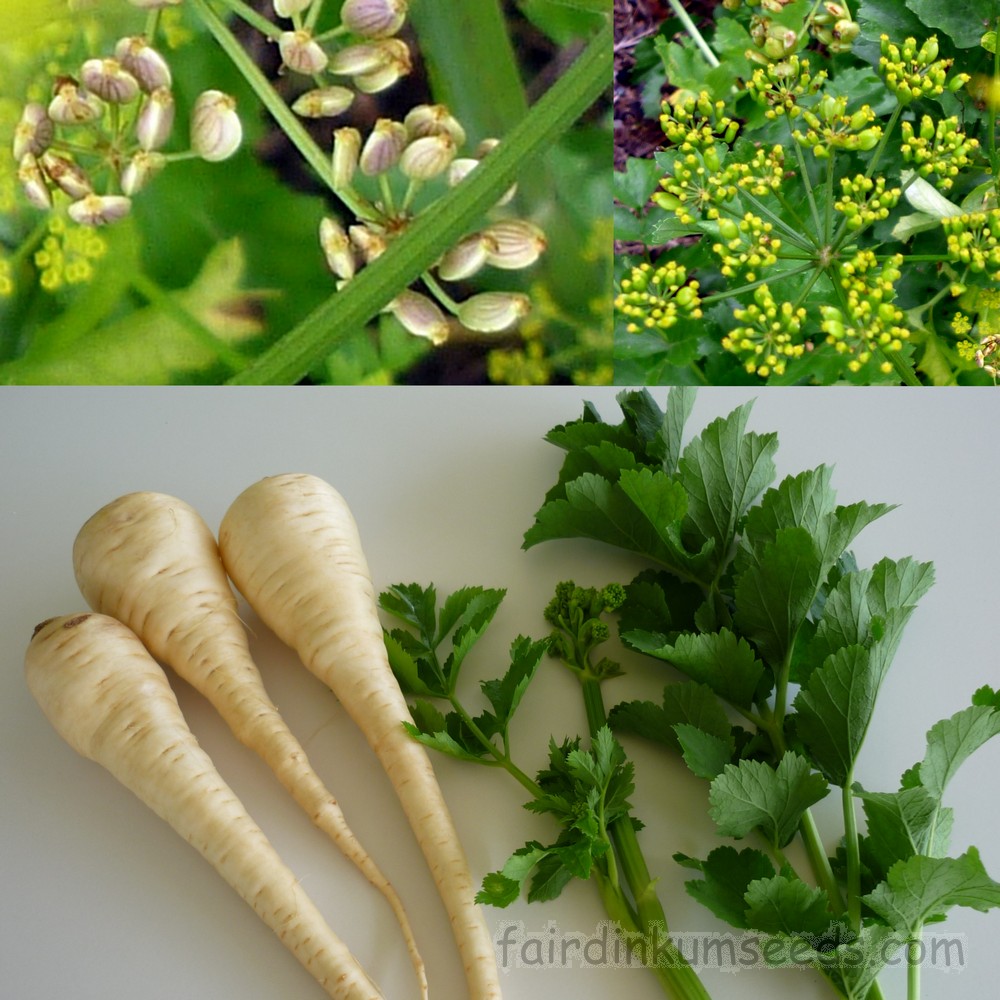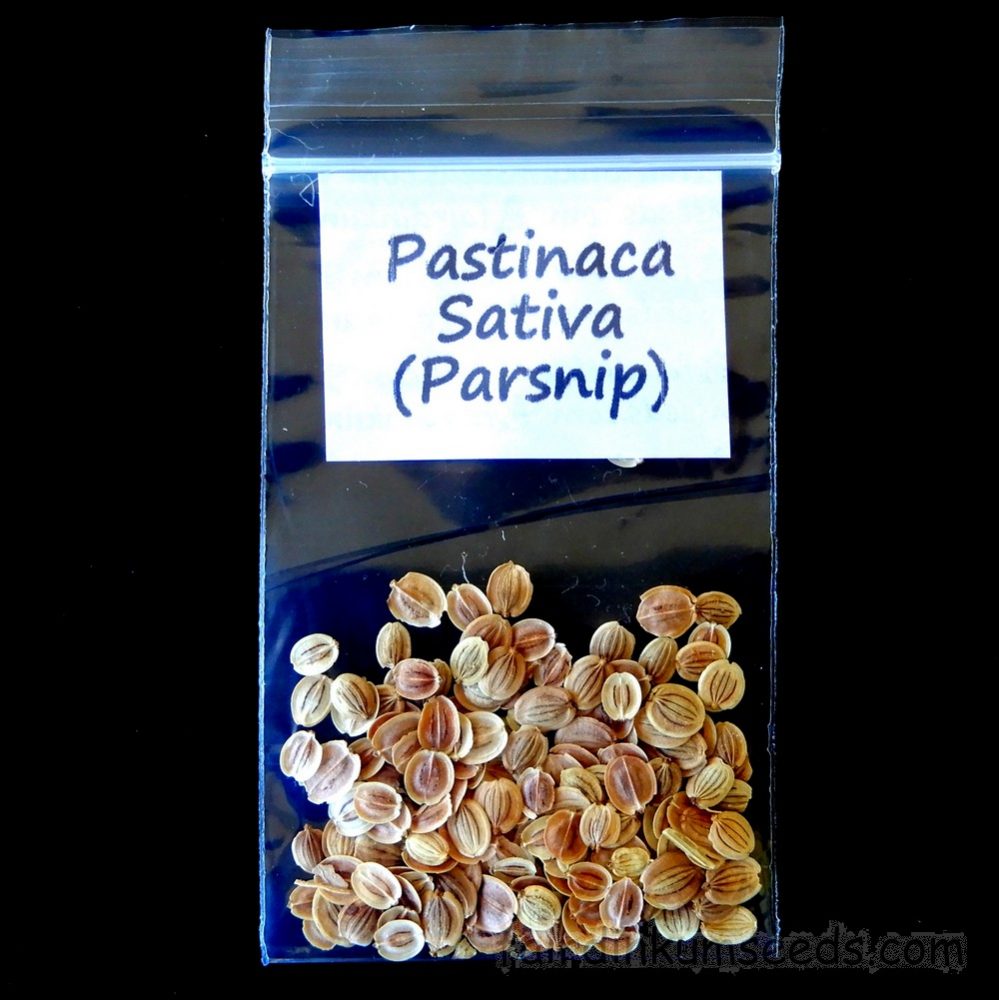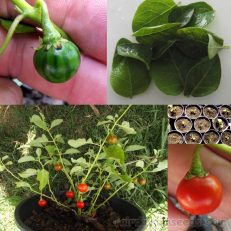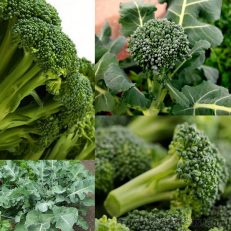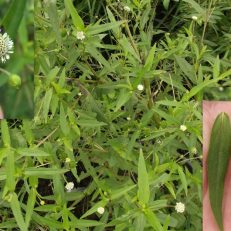Please read text!
Parsnip Hollow Crown Pastinaca Sativa Seeds
Packet of 100+ freshly harvested organic seeds!
This fella was originally hollow crown, but I have been selecting and improving it for a years now and I reckon it is a lot hardier than when I originally grew it just under a decade ago.
It is a great tasting root vegetable about the same size as a carrot, but with a sweet starchy flavour.
We eat the leaves too and they make a really tasty addition to soups and stews.
There is a lot of misinformation copied and pasted on the web about the leaves being a major hazard when in reality this just isn’t the case.
There are many “wild parsnips” and a large % are poisonous or cause photosensitivity, particularly in the USA.
This is not them.
There is a risk of allergic reactions like there is with all species but I couldn’t find many cases at all when I looked.
There is also a risk of minor chemical burn type reactions from the leaves and sap, especially in a small % of sensitive people.
This normally happens when the crop is just about to flower, the soil is really wet, and the plant is really pumping out the sap. The victim gets sap all over them and doesn’t wash it off.
The sap contains furocoumarins and if it is then exposed to strong sunlight a chemical reaction begins that starts like sunburn.
In very extreme cases it can cause extreme pain and may even blister.
This is pretty much the same reaction that happens to an equally small % of folks who get a lot of Mango or Papaya sap on them, or folks who pick a lot of Citrus Fruit and don’t cover up in the sun.
It is uncommon, and it is generally “minor” but if you are the victim it looks like a pretty awful few days.
Eating the root does not cause this reaction, and to get that kind of reaction you need to apply the sap to sensitive skin, then expose it to strong sunlight for long periods of time.
Don’t do that, and you shouldn’t ever have a drama with them.
I never have, and I have eaten parsnip my whole life, leaves and all, same deal with beetroot and carrot.
As it germinates erratically over a long period, and doesn’t need a lot of fertiliser, we just rake a bed to remove the bigger stones, sprinkle the seeds on and let nature do the rest.
In a month most are popping, and a couple months later you should have heaps of leaf and even the odd root.
Any that preform particularly well, grow faster or bigger, or are just prettier and more uniform are tagged, and those particular ones are not eaten.
We save those A grade plants for seed, only eating the B, C, D grade ones.
Once identified those A grade plants have all nearby plants harvested and eaten, to give them a little room to reach their full potential.
If you do this too, after a few generations you will have a bloodline ideally suited to your local conditions, and this key selection process is often missing when folks save their own seeds.
If you always eat the best and save seed from the crappy runts, in a couple generations they will all be crappy runts, a common problem these days especially when getting seeds from smaller sellers, so keep that in mind.
Every time we make a soup or stew(or any other slow cooked meal for that manner) we go pinch off a handful of leaves, and when they start to bolt, we start to harvest the odd one as a root vegetable.
Just cook the root as you would a carrot.
Great baked, roasted, pureed, fried, boiled, bbq’d, etc etc etc….
I am told the Irish used parsnip to brew booze, and it was also the original jack o lantern used by priests to light the family hearth, long before the pumpkin stole the limelight.
Grown by us organically, no nasties, no chems, no problems!!!
